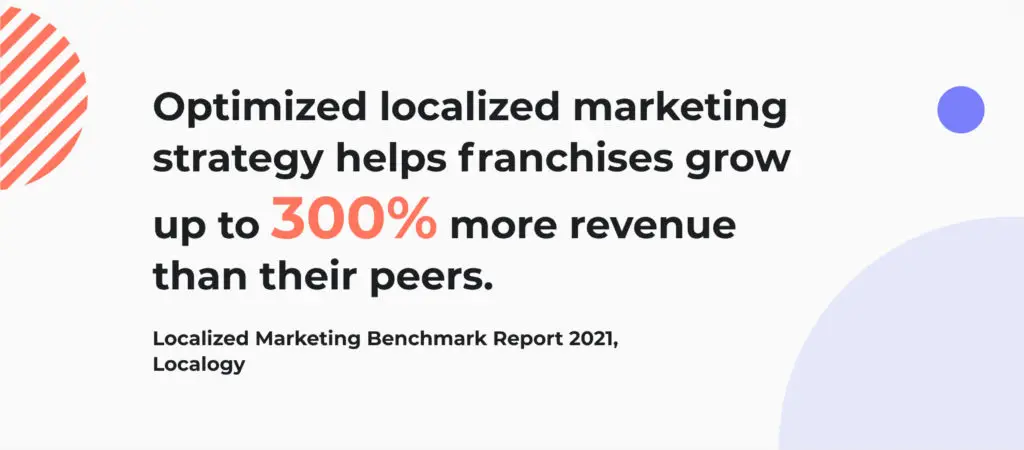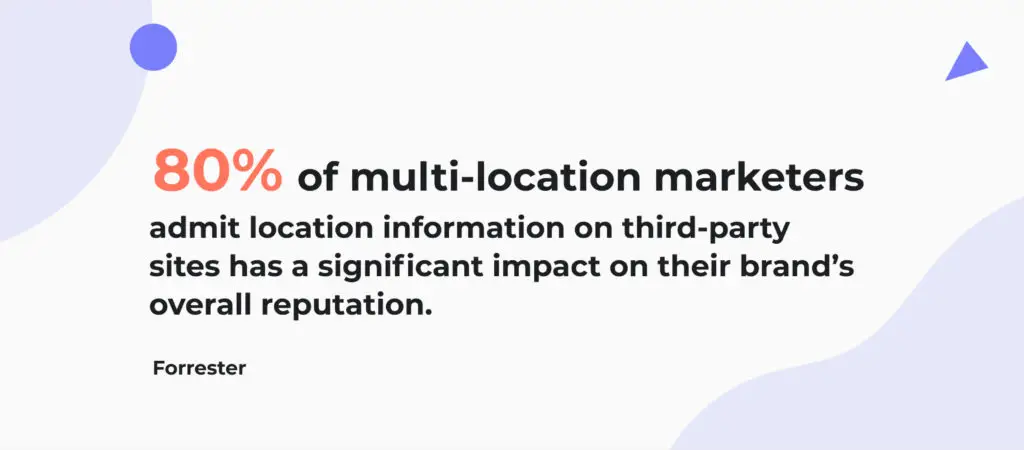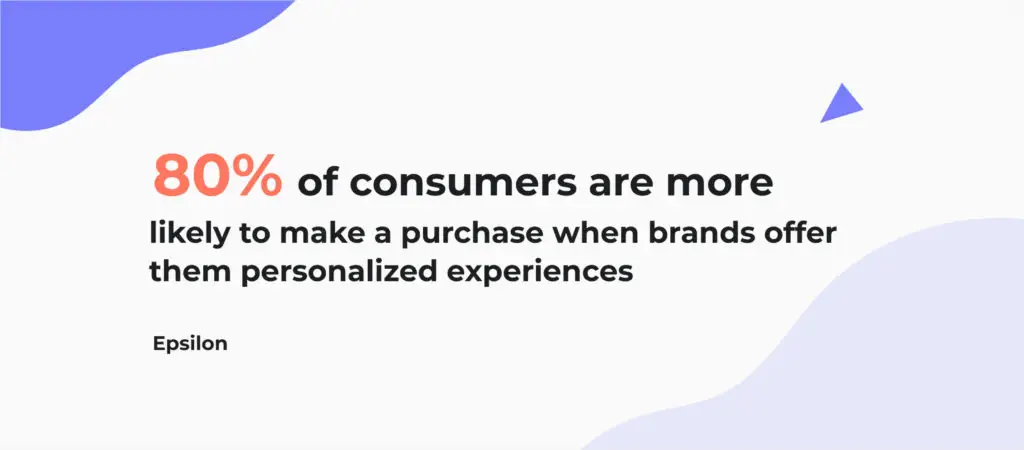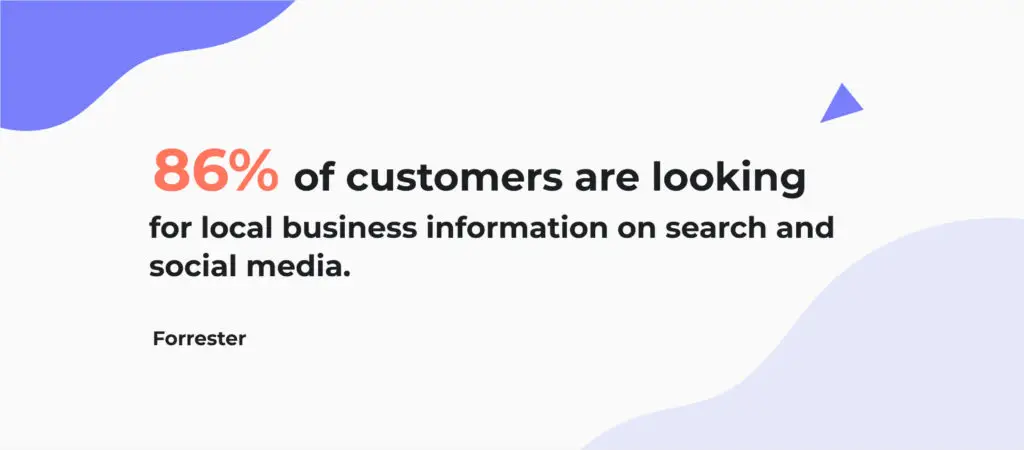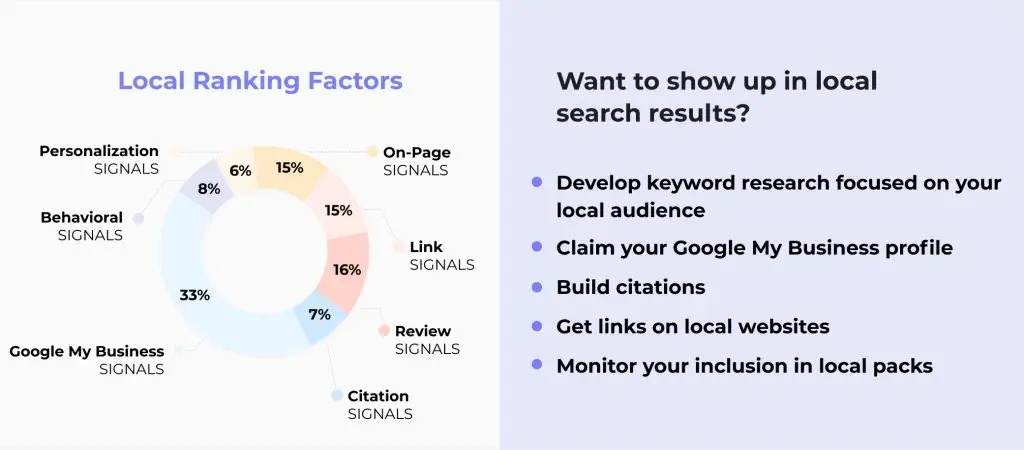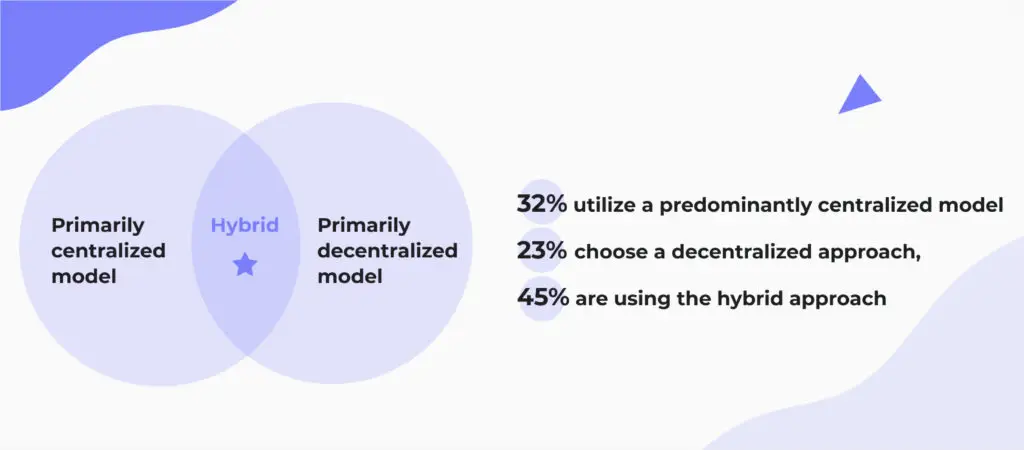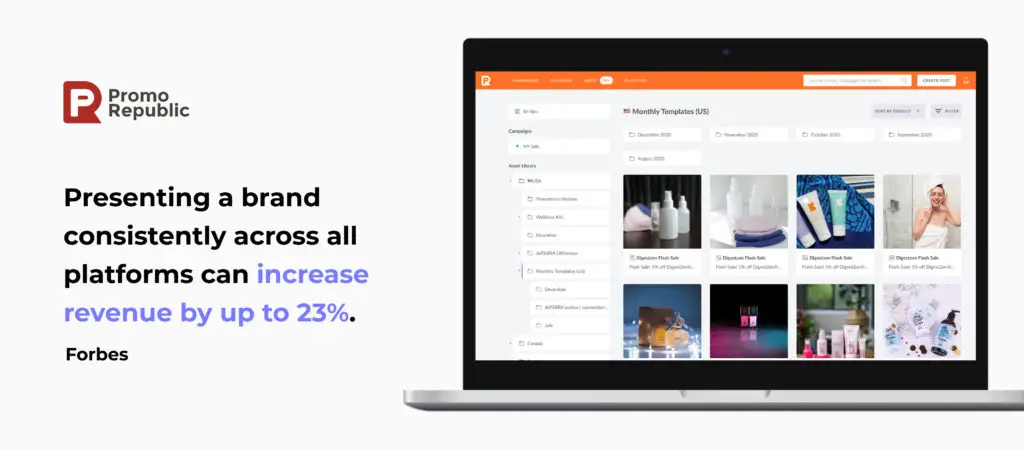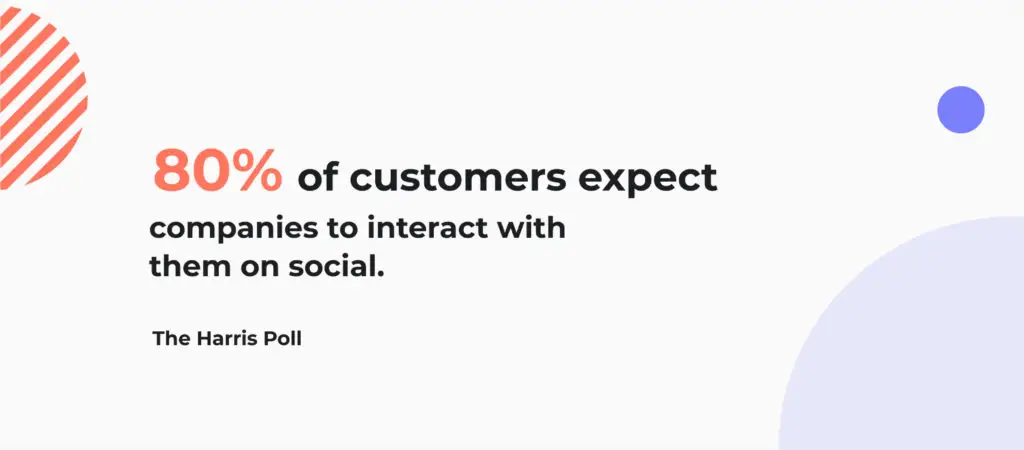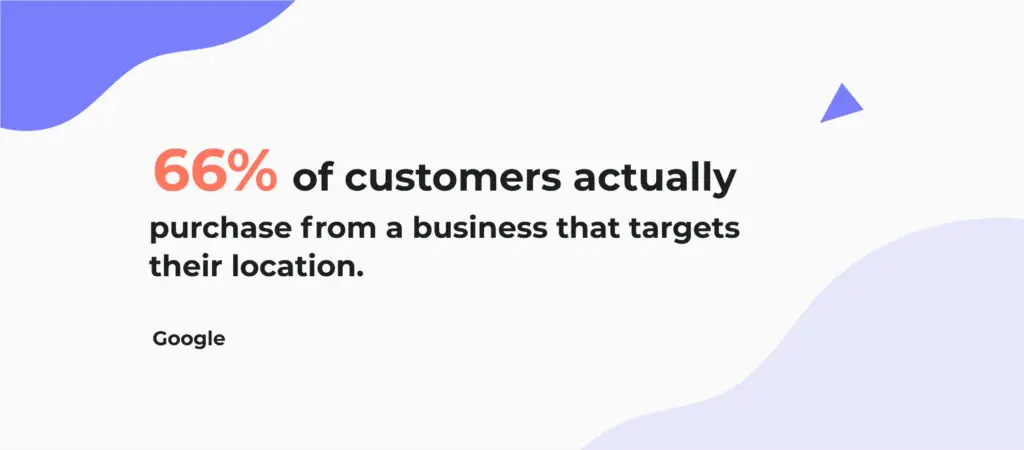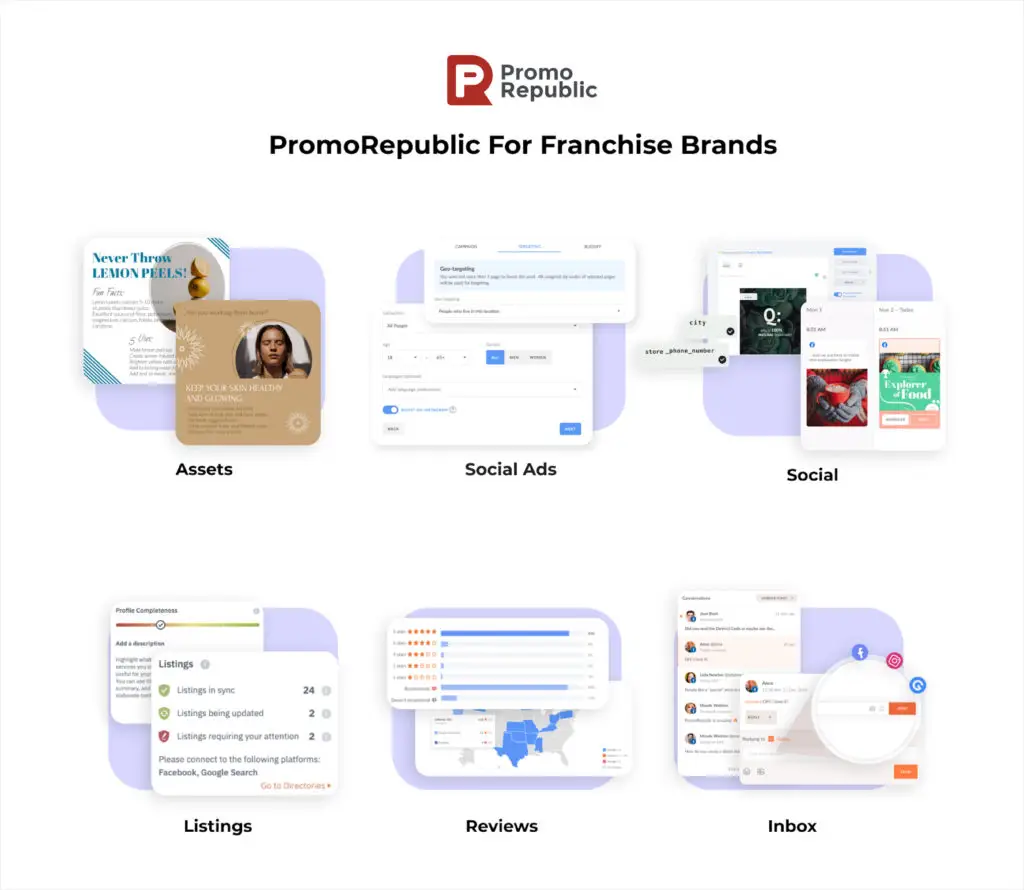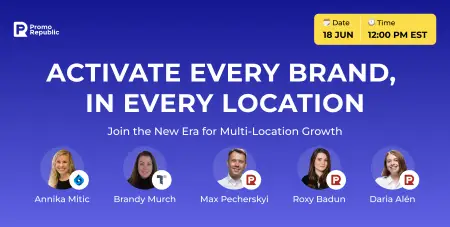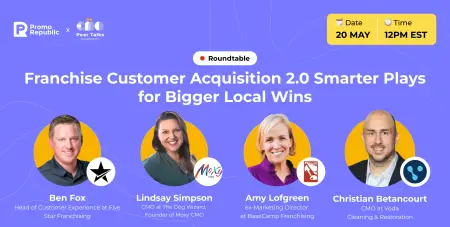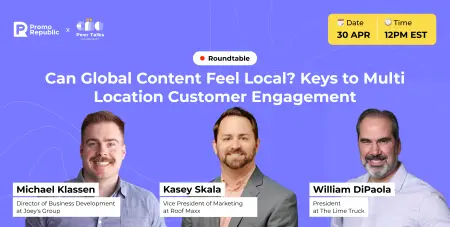Local Online Marketing Guide: How to Grow Your Business In 2022
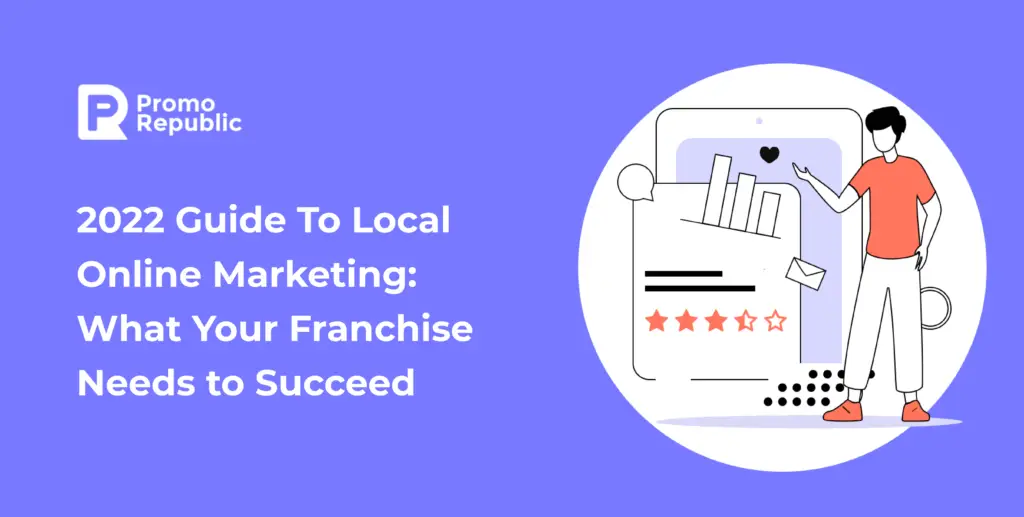
Content Marketing Manager
These days, foot traffic is increasingly preceded by customers going online to do some digital research. As a result, optimized local online marketing has become imperative for multi-location companies focusing on growing sales onsite. That’s why businesses are rethinking their local marketing strategies and the way they promote their brands at each of their individual locations.
In this article, we’ll explore how businesses should fine-tune their local digital marketing to drive more awareness, high-value engagement, and sales at specific locations.
Contents:
- Why the Best Time to Optimize Your Local Online Marketing Is Now
- How Consumers’ Expectations Have Changed
- Local Online Marketing Strategy: Overview
- The Benefits of Effective Local Online Marketing Strategy
- 8 Steps to Your Killer Local Online Marketing Strategy
- Takeaways
Why the Best Time to Optimize Your Local Online Marketing Is Now
Local is still the place where business happens. While there’s been a recent online shift related to the pandemic, in-person shopping remains the primary consumer touchpoint to build revenue for multi-location businesses. For example, Localogy reports that 85% of U.S. consumer spending is offline.
On top of that, the latest Forrester research confirms the value of local, revealing that despite the challenging environment, 6 out of 10 businesses believe physical locations will drive most of their revenue in the post-COVID-19 era.
- Adjusting marketing to rapid digital change is the top challenge for marketers for the third consecutive year, according to 26% of respondents to the 3rd Annual Franchise Marketing report.
- COVID-19 continues to cause unprecedented operational disruption. For example, Subway, the world’s largest fast-food franchise (by the number of locations), lost about 10% of its restaurants in 2020.
- Digital-first mindset. The pandemic has accelerated the digitalization of customer interactions with brands by 3 years and many of these changes could be here for the long haul. Countries, where the vaccination rates are 70% or higher, see business coming back, and experts predict local investors will be open to new investments in 2022.
For brick and mortar stores, this means a fundamental reevaluation of everything they do. Similarly, national brands need local connectivity more than ever. Engaging with customers through local store marketing can become an untapped opportunity impacting their bottom lines.
How Consumers’ Expectations Have Changed
-
Consumers do online research before visiting an offline location
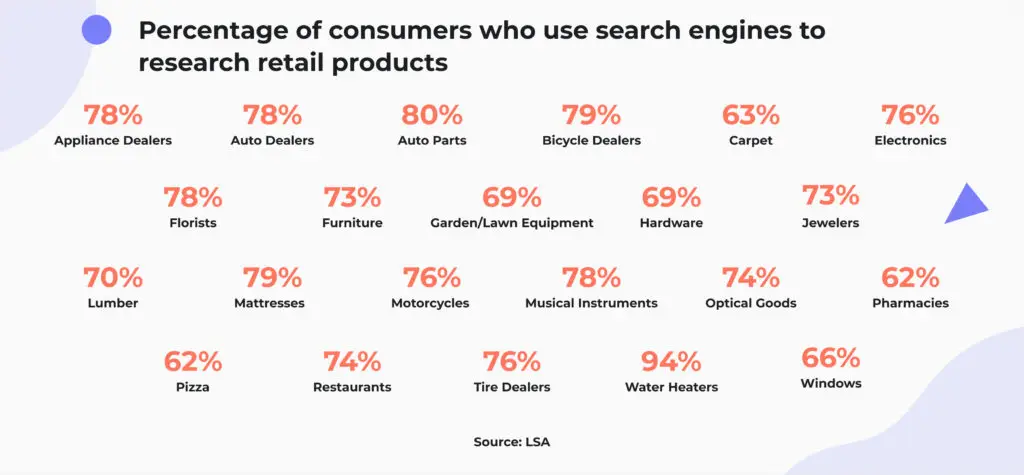
The overwhelming majority of retail consumers start their journey with online research.
During the pandemic, consumers have moved dramatically toward online channels, and companies and industries have responded in turn. Therefore, firms with a physical footprint must ensure that their content is discoverable — from search engines to social networks to local directories.
-
Customers seek updated and accurate info
Customers want to know how close the nearest location with the product or service they desire is, and what their experience with that location might be like under Covid-19 restrictions. Moreover, they are used to quickly searching for decision-making information anywhere, at any time, and on any device, and they expect the results to be tailored to their locations.
-
Consumers expect personalized experiences
Customers want personalization throughout their interactions with a brand — with multiple personalized touchpoints. In the best-personalized experiences, brands make the customer part of the dialogue. Customers receive offers that are targeted not just at customers like them, but at them as individuals.
-
SMS marketing
Consumers will see through—and reject—messages and actions that are performative and commercialized. Think of SMS marketing as a boost to your result-driven communication.
Local Online Marketing Strategy: Overview
To make it more digestible we suggest breaking down local internet marketing into “localized social marketing” and “localized search marketing,” which are later combined into a complete local online marketing strategy.
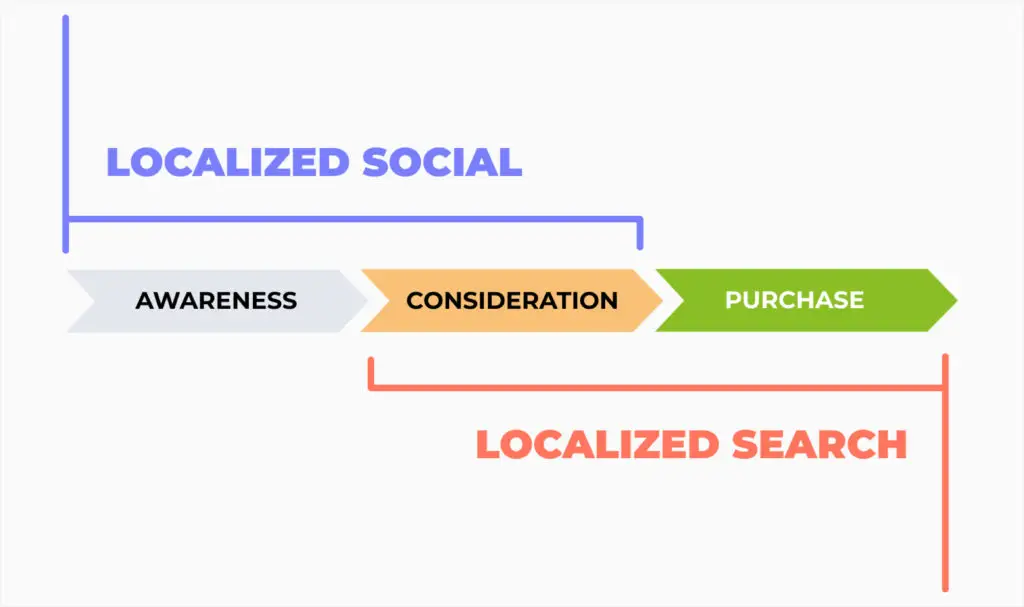
You need localized social and localized search marketing to achieve a healthy and fully optimized local online presence.
Localized Social starts at the top of the funnel to create awareness and a relationship that continues throughout the customer journey. This marketing tactic is essential for new product/service discovery and ongoing influence.
Scoring criteria:
- Percent of locations posting
- Post frequency per month
- New reviews per month
- Locations responding to reviews
- Review response time
- Engagement per post
- High-value post engagement
Localized Search resides in low-funnel consumer engagement with local businesses. In other words, search is the first place consumers turn when they have a defined need.
Scoring criteria:
- Completeness of profile
- NAP consistency
- 3-pack visibility
- Presence of local landing pages
- Reviews
- Average star rating
- Review response time
Factors to Consider
Community focus lies in the realm of multi-location marketing. As federal, state, and local governments struggle to communicate consistent guidance, consumers lack reliable channels of information about local businesses. With COVID-19, the need to know what’s open in your locality, what you can access right now, has become more important than ever. Brands that lack consistency and accuracy leave foot traffic and sales on the table.
Balancing national and local needs. Some marketing leaders report being held back by a digital strategy that has historically had a national focus. Others are still defining how best to customize content at the local level while maintaining national brand consistency. The challenge, for now, is to merge the local network with the corporate marketing strategy – to bring them on board. The head office has to integrate its system and train franchisees or local partners so they can take care of their guests and provide the best experience possible.
The right place at the right time. Customers are developing new patterns and behaviors, including trying out new businesses. With people quarantined and bored, online usage is up as much as 70%. Past rituals, like stopping for a latte on the morning commute, are broken as consumers spend more time online and are now used to ordering groceries from their mobile devices. People are demanding more contextual, relevant experiences.
At the end of the day, no one wants to see snow-ski equipment ads in Florida.
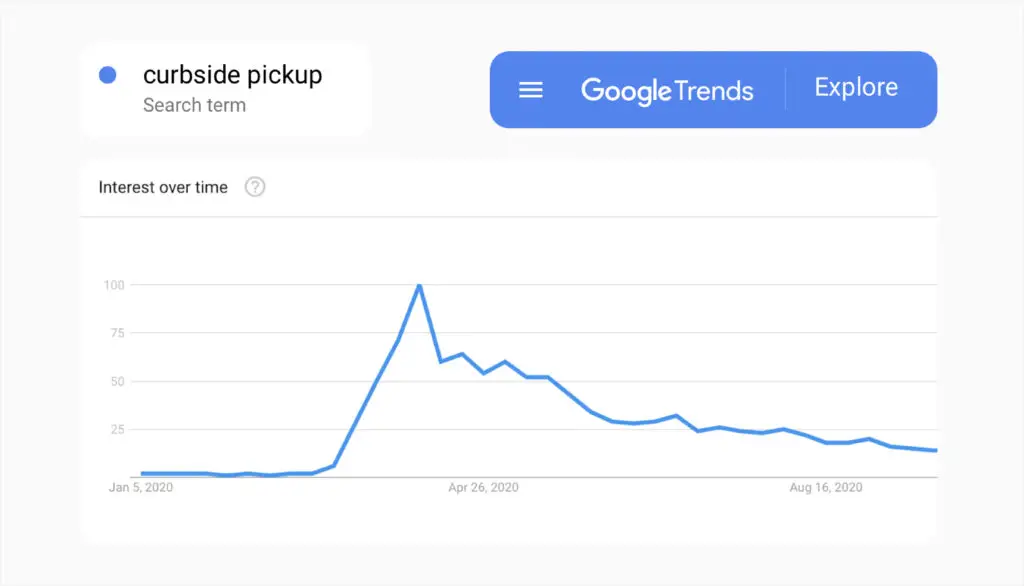
Searches on Google Maps for “curbside pickup” have increased 9000% since the Covid-19 outbreak.
Measuring success. If you can’t oversee, track, and measure localized marketing campaigns’ performance, you can’t improve it. To drive ROI on the local level you need to spot inactive locations, off-brand content, low rankings, or unanswered reviews. Without aggregated data and actionable truth, you’re flying blind.
The Benefits of Effective Local Online Marketing Strategy
-
Extended Local Visibility
Marketers know that search engines and social media prominently display localized results. And the local content made available on these sites (including customer reviews and feedback) can shape customer perception of a company.
-
Increased Traffic
Google states that 66% of customers actually purchase from a business that targets their location. And 50% of those who conduct a local search visit a store within a day. Just imagine: 30% of people would switch to a competitor if they couldn’t locate a particular business online. To be discovered online (that’s where people look first) you need to claim and verify your business on Google, keep your listings optimized, reviews answered, and local SEO set up.
-
Actionable Data
The futility of investing in local marketing efforts without the ability to measure the payoff seems like a no-brainer. Marketing at scale is what your local store should think about while maturing. McKinsey reports that data-driven organizations are 23 times as likely to be profitable as those that aren’t. So to keep tabs on your overall company health it’s vital to have a bird’s-eye view of each location’s performance.
-
Loyal Customers
A brand’s communications must align with its purpose; otherwise, the messages won’t ring true. Consumers will see through—and reject—messages and actions that are performative and commercialized. Consumers tend to develop loyalty at those moments when they see a brand’s position, get answered promptly, and have consistently good experiences.
-
Improved Products/Services
Your customers are telling you what they want from your brand. If you care about them, you need to listen to them carefully. Social listening provides a place for unbiased feedback and perhaps the wake-up call you might need. Leveraging customer feedback is one of the most effective ways to make meaningful improvements to your products and generate excitement.
-
Personalized Experience
Personalization matters more than ever, with COVID-19 and the surge in digital behaviors raising the bar. To illustrate, three-quarters of consumers switched to a new store, product, or buying method during the pandemic. Personalization drives performance and better customer outcomes. Companies that grow faster derive 40% more of their revenue from personalization than their slower-growing counterparts.
Location-based marketing allows for leveraging historical data combined with extremely personalized messaging. For example, clients that often visit the same hotel can get offers that take into account their age, marital status, favorite places, and even food preferences. The effectiveness of this approach is proved by 80% of companies reporting an uplift in their sales after they personalized their customer experience.
8 Steps to Your Killer Local Online Marketing Strategy
1. Put a little more effort into local SEO
SEO is low-hanging fruit for any business striving to become visible. According to the Forrester 2020 study The New SEO Paradigm Shift, nearly 70% of executives say SEO impacts brand perception. Unlike paid ads, which require an income stream, SEO only requires effort up front — once you rank, you practically make sales on autopilot with no recurring expense.
Google’s local search algorithm takes your location into account when people search for a local keyword. Therefore, it’s important to build local landing pages for each of your locations. In addition, every page should include not only your business name but also details like the local address and phone number. Finally, these pages should also optimize title tags and meta descriptions, and follow SEO best practices.
To gain a competitive edge in the ever-changing world of search, you can use third-party solutions like Moz or Ahrefs and rank higher.
2. Keep listings accurate and optimized
To help people with answers, search engines regularly cross-check company location information with entries from other directories such as Yelp, Yellow Pages, Facebook, and many others.
When any of your locations has a misspelled business name, this may damage your local search ranking because Google may think it’s another company. In addition, if customers show up to closed doors due to incorrect opening hours posted online, they’re unlikely to come back.
Complete and up-to-date listings across platforms impact whether a location shows up in the desired 3-pack on Google. This means that when a brand’s NAP information (name, address, phone) across listings is consistent, search engines perceive a business location as legitimate and place it higher in the search results.
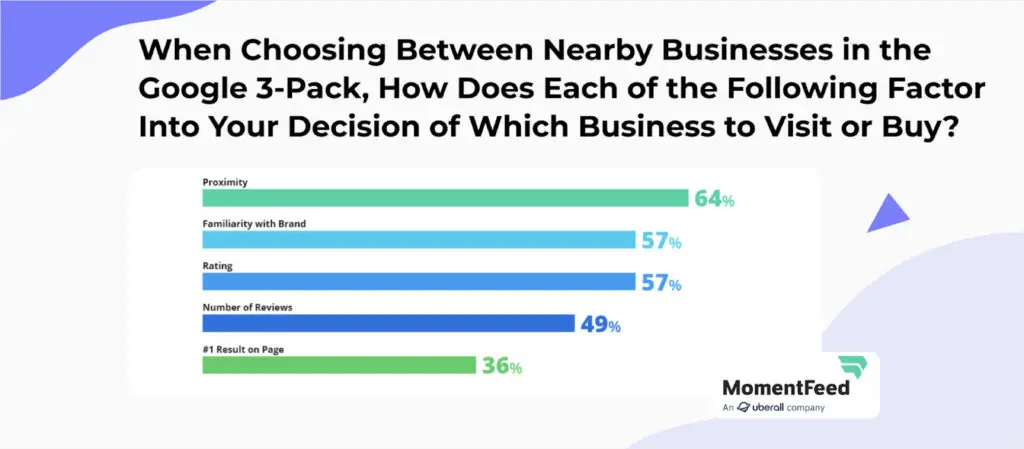
Brands ranking in the Google 3-Pack receive 5 times as many views and twice as many actions.
3. Tap into online reviews to optimize your brand’s online reputation
Encourage your clients to provide reviews specific to your business location. Customer reviews influence rankings in local search results, leading to increased clicks, visits, and sales. A good review rating is crucial for establishing trust and shortening the conversion cycle. By reading reviews on Yelp, TripAdvisor, Facebook, and Google, 87% of potential customers form an opinion about a business before walking through its doors.
The easiest way to take advantage of reviews is by leveraging them in your digital marketing plans. Start by getting proactive with existing customers and leads. Encourage customers to review your clients’ businesses and then respond to reviews immediately, showing them that you appreciate their feedback.
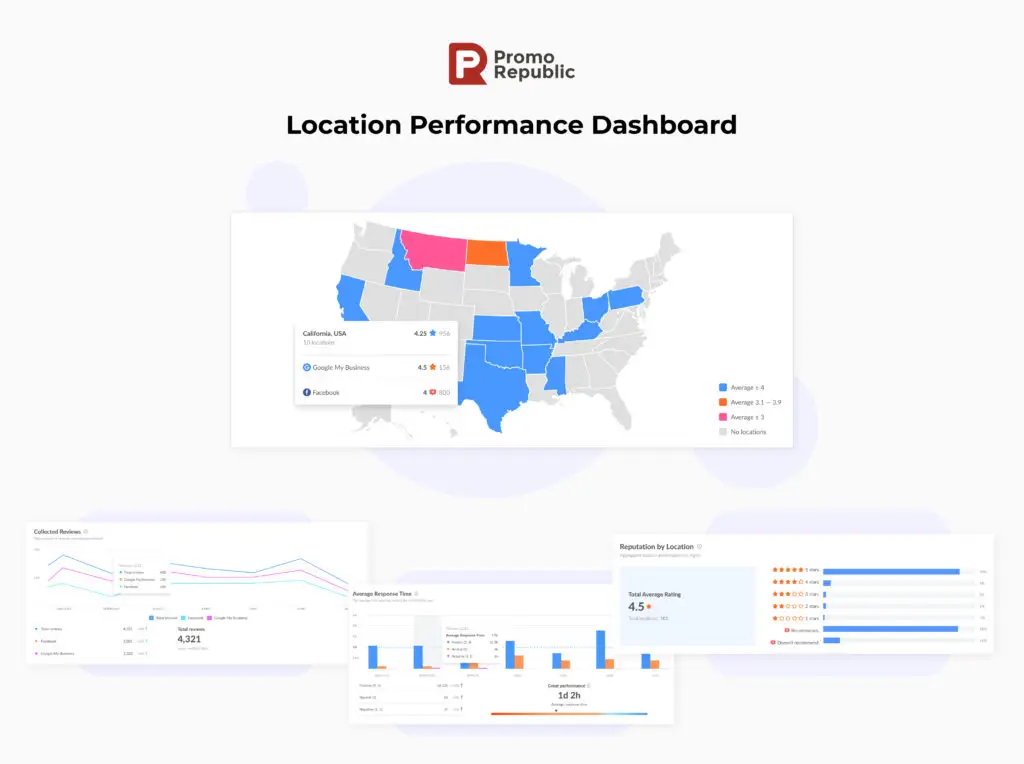
Review metrics allow overseeing performance across the entire business.
Every time potential customers use words such as “best,” “top,” or “great” Google will show them businesses with review ratings of 4.0 or higher in the results first. By giving users this power to select the best businesses in a given area, reviews have become a major ranking factor in local searches.
Reviews give you a wealth of customer data to help you spot and monitor trends. They easily highlight issues with specific locations, so you can act quickly and use the insights to predict similar problems in other locations.
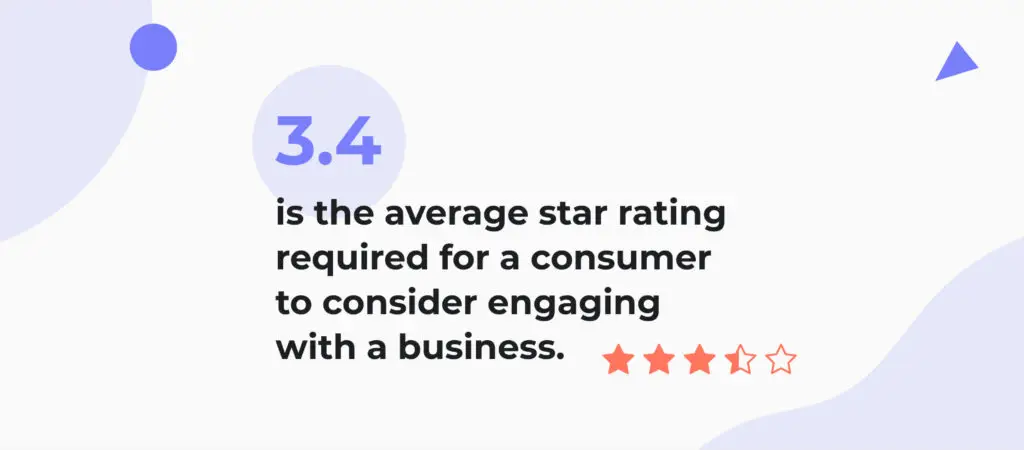
This in no way means that a business with a 3.4-star rating would actually win a consumer. The keyword here is considered.
4. Create a mutually beneficial plan
While corporations have beautifully designed and creative corporate campaigns, local owners have a finger on the pulse of their community and know the messages that will resonate. The head office should outline the common goals, KPIs, and strategies, while local stores should set the hyperlocal marketing goals.
The single most impactful action to take to accelerate local marketing success is to define the amount of oversight. And while 75% of multi-location marketers believe doing so would have a sizable impact on their results, just 40% have a management structure they believe is clear.
5. Distribute branded content across all locations
For multi-location brands, it’s extremely important to provide a consistent customer experience across all locations.
And the journey to customer satisfaction begins with on-brand content creation and distribution. Head offices typically have greater resources than their local teams. Hence, to support your partners on a local level, a corporate team should create and distribute content that builds trust and brand awareness.
6. Use social media to enrich customer experience
Your social media should provide customers with a cohesive brand experience on both the global and local levels.
As a marketer, you should start with a goal. As a multi-location business, all social media platforms you’re active on should have the same purpose. If you are a restaurant and your Boston site curates educational content about food and local events, but your San Francisco location mainly shares memes, there is a clear miscommunication on what your restaurant uses Facebook for.
If you want local partners to stick to your brand standards there should be set guidelines. A social media policy should go deeper than a typical font and color style guide.
As a result, setting brand standards for profiles will create a cohesive look and instantly make people who are familiar with your brand know it’s legitimate and trustworthy.
Specifically, your social media guidelines should include:
- A profile
- Formatting
- Credits and attribution
- Voice
- Hashtags
- Local influencers
7. Localize your social media campaigns to generate more sales
National social media campaigns may drive awareness, but hyper-local campaigns actually drive business.
The parent brand’s social media marketing isn’t something a local store should rely solely upon.
Localized social should start with a strong organic strategy so when your local branch is ready to step into paid, they have an established presence. Business owners can set their social media ads to reach people who are physically near the business and who have interests that align with the brand. With the incredible wealth of customer data available on social, you’ve got a prime opportunity to tweak and target your advertising.
8. Treat technology as a pillar of innovation
Centralized oversight over local marketing activities is hard to come by. Many brands are stringing multipoint solutions together into a disjointed toolset that makes it difficult to ensure local marketing automation and seamless coordination across local and corporate teams.
However, some have already transitioned to using a local marketing tool that can aggregate and manage content across locations and external sites in one platform. Solutions like PromoRepublic can help marketers achieve company-wide consistency and a more personal, local touch onsite.
Takeaways
To sum up, consumers are now searching for products and services online before buying them in-store. Hence, national brands need to serve the local community by adjusting to new patterns of behavior. This means engaging with customers through local marketing programs, and this is about to become an extremely profitable opportunity.
With PromoRepublic, an all-in-one local marketing platform, this strategy can become your number one helper in:
- managing all your local marketing efforts in one place;
- aggregating performance data;
- monitoring specific location performance;
- having a bird’s-eye view of your entire business.
After launches with world-renowned national brands such as Curves, Expedia, Medi-Weightloss, and EZCorp, our team knows what it takes to succeed from day one. Book a demo to learn more about how PromoRepublic can take your digital marketing to the next level.

